No products in the cart.
Home Improvement, Lawn and Gardening, Plants and Planters, Plants Saplings
Succulent Flap Jack
NPR 650.00 NPR 750.00
Succulent “Flap jack,” also known as Kalanchoe thyrsiflora or “Paddle Plant,” is a striking and visually unique succulent with distinctive features. The Flapjack succulent is prized for its unique leaf shape and stunning color variations, making it a favorite among succulent enthusiasts. Whether grown indoors or outdoors, it adds a touch of architectural beauty and visual interest to any space.
Facts about Succulent Flap Jack
- Origin: The Flapjack succulent is native to South Africa, where it can be found growing in rocky, arid regions.
- Leaf Shape: The most distinctive feature of the Flapjack succulent is its thick, paddle-shaped leaves. The leaves are flat, round, and often tinged with red or pink along the edges, especially when exposed to bright sunlight.
- Color Changes: The coloration of the leaves can vary depending on factors like sunlight and temperature. They can appear gray-green to blue-green but may turn shades of red, orange, or pink in response to stress or during cooler months.
- Size: This succulent typically forms a rosette of leaves that can grow to be around 6 to 12 inches (15 to 30 centimeters) in diameter.
- Flowering: When it blooms, the Flapjack succulent produces clusters of tubular, yellow or orange flowers on tall, upright stalks. However, it is primarily grown for its unique foliage rather than its flowers.
- Light Requirements: Flapjack succulents thrive in bright, indirect sunlight to full sun. Providing them with adequate light helps maintain their vibrant colors and compact growth.
- Temperature Tolerance: They can tolerate a range of temperatures but prefer to be kept in temperatures between 60°F to 80°F (15°C to 27°C). Protect them from frost and extreme cold.
- Watering: Like most succulents, Flapjack succulents prefer to dry out between waterings. Water thoroughly when the top inch or so of soil is dry, but avoid overwatering to prevent root rot.
- Soil: Use a well-draining succulent or cactus potting mix to ensure proper drainage. Adding perlite or coarse sand can enhance drainage if needed.
- Container: Ensure that the pot or container has drainage holes to prevent water from pooling at the bottom.
- Fertilization: Feed your Flapjack succulent sparingly with a diluted, balanced liquid fertilizer during the growing season (spring and summer). Avoid fertilizing during the dormant period in fall and winter.
- Propagation: You can propagate Flapjack succulents through stem or leaf cuttings. Allow cuttings to callus for a day or two before planting them in well-draining soil.
- Pests and Diseases: These succulents are generally pest-resistant, but keep an eye out for common succulent pests like mealybugs and aphids. Remove pests manually or with a gentle spray of water.
Care tips-
- Light: Provide your Flapjack succulent with bright, indirect sunlight to full sun. They need plenty of light to maintain their vibrant leaf colors and compact growth. If growing indoors, place them near a sunny window.
- Temperature: Maintain temperatures between 60°F to 80°F (15°C to 27°C) during the growing season. While they can tolerate occasional temperature fluctuations, it’s essential to protect them from frost and extreme cold.
- Watering: Allow the top inch or so of soil to dry out completely between waterings. When it’s time to water, water thoroughly, ensuring that excess water drains from the pot. Be cautious not to overwater, as succulents are prone to root rot.
- Soil: Use a well-draining succulent or cactus potting mix to ensure proper drainage. You can also enhance drainage by adding perlite or coarse sand to the soil mix.
- Container: Choose a pot or container with drainage holes to prevent water from pooling at the bottom. This helps avoid overwatering and root-related issues.
- Fertilization: Feed your Flapjack succulent sparingly during the growing season (spring and summer) with a diluted, balanced liquid fertilizer. Avoid fertilizing during the dormant period in fall and winter.
- Pruning: Prune your succulent as needed to maintain its shape and remove any dead or damaged leaves. This not only keeps the plant looking tidy but also encourages healthy growth.
- Propagation: Flapjack succulents can be propagated through stem or leaf cuttings. Allow cuttings to callus for a day or two before planting them in well-draining soil.
- Pests and Diseases: While these succulents are generally hardy and pest-resistant, occasionally check for common succulent pests like mealybugs and aphids. Remove any pests manually or with a gentle spray of water.
Based on 0 reviews
Only logged in customers who have purchased this product may leave a review.
Vendor Information
- Store Name: Ajambari
- Vendor: Ajambari
- No ratings found yet!



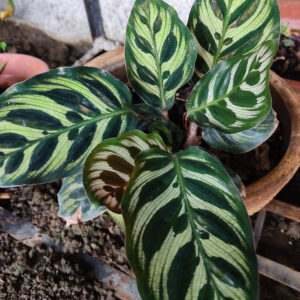
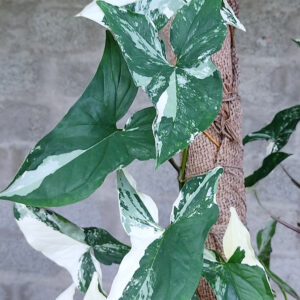
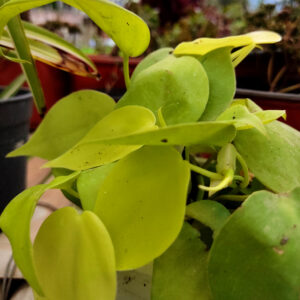
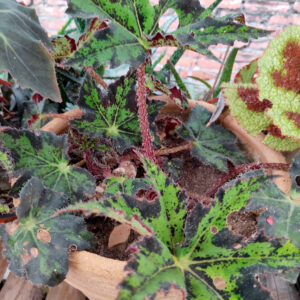
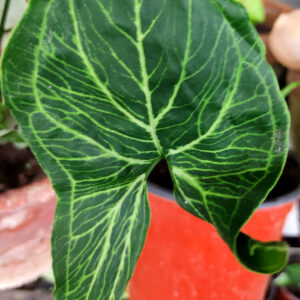
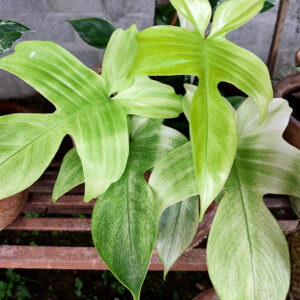
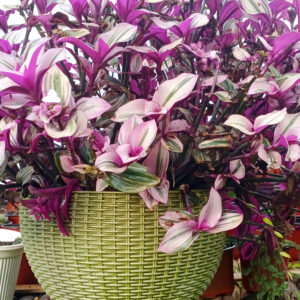
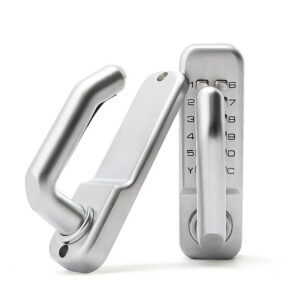
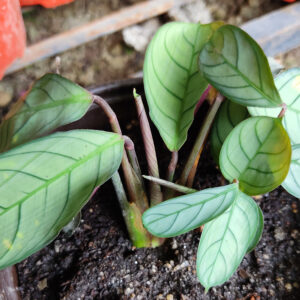
There are no reviews yet.